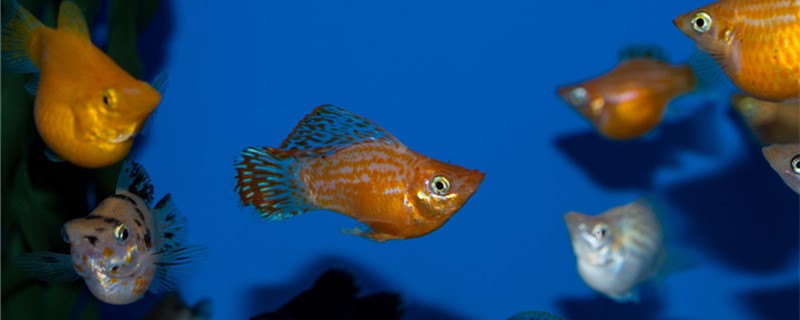
The growth and development of Mary fish need oxygen. But the breath of fish is special, it can only complete gas exchange through gills. When the fish breathes, the gill sheets and gill filaments will be fully opened to increase the contact area with the water. When water enters the fish body, the oxygen dissolved in the water will penetrate into the capillaries in the gill filaments, and at the same time, carbon dioxide will be discharged to complete gas exchange. Fish cannot breathe if there is no oxygen in the water. After a long time of hypoxia, the fish will suffocate and die. Therefore, the survival of fish is inseparable from the supply of oxygen.
As long as the breeding density is appropriate, the dissolved oxygen in the water can provide sufficient oxygen for Mary fish. When there is enough oxygen in the water, there is no need to use oxygen. If the fish often rise to the surface to breathe, it means that the oxygen in the water is not enough to meet the normal breathing needs of the fish. In this case, oxygen needs to be injected into the water. In addition, if the fish tank used in aquaculture is too small, but the number of fish is large, it is also very easy to cause fish hypoxia. At this time, it is recommended to use an oxygen pump to oxygenate them. But the time of oxygen should not be too long, otherwise too much oxygen will also bring discomfort to the fish. Generally speaking, 1 to 2 hours of oxygen supply is enough.